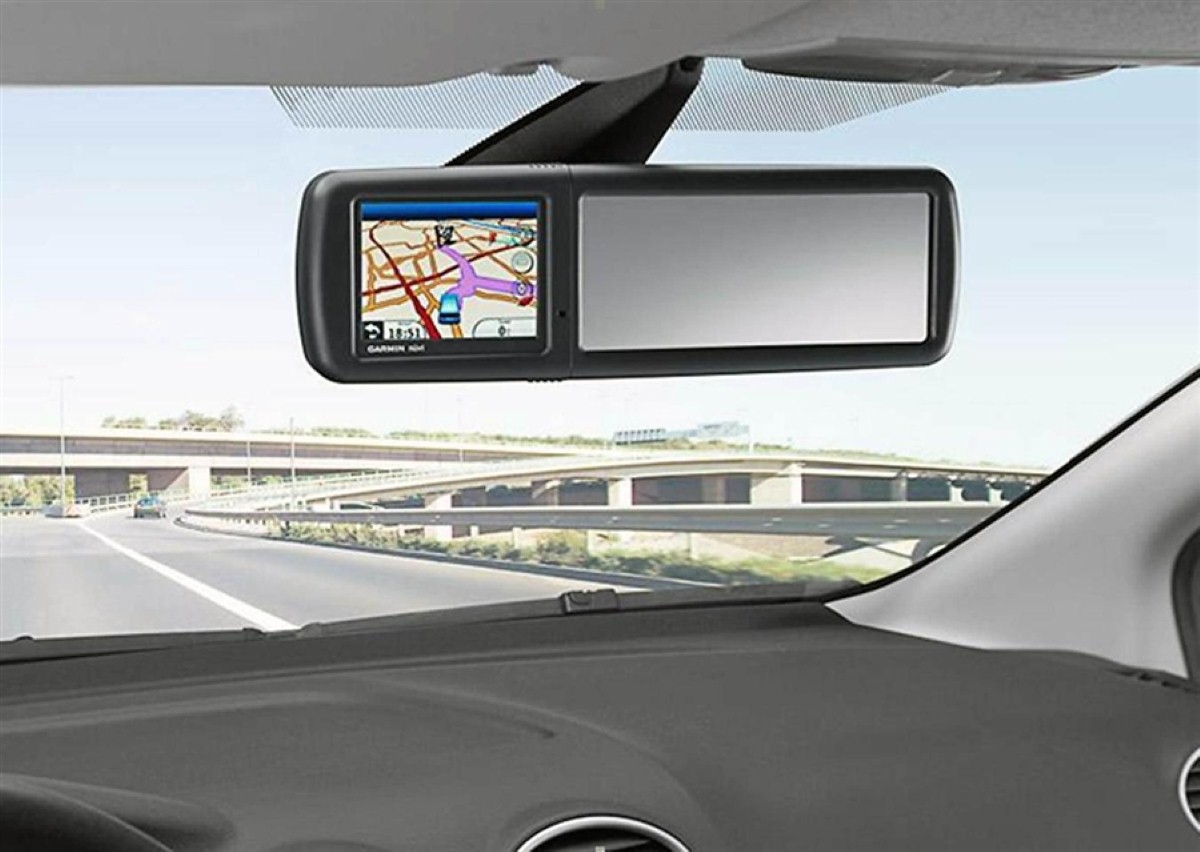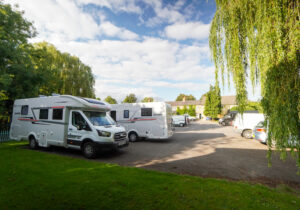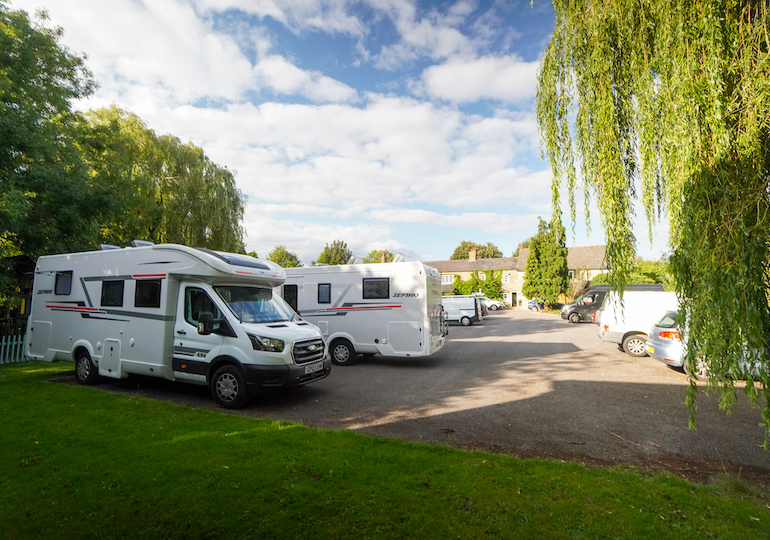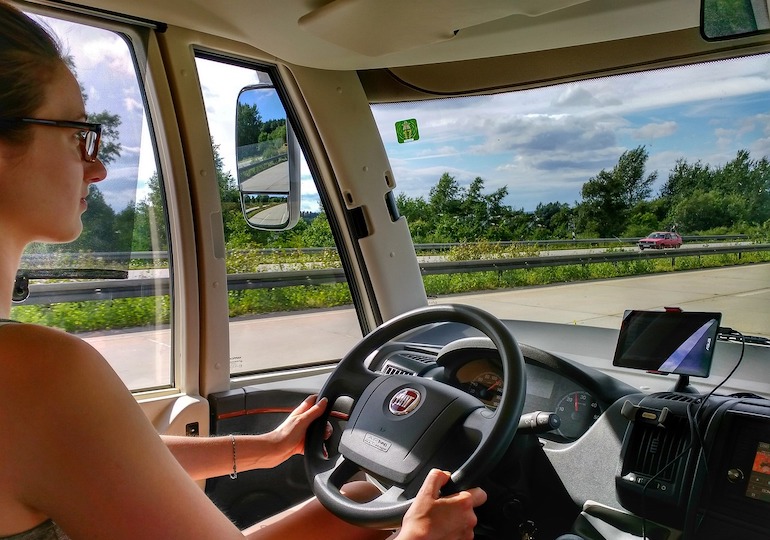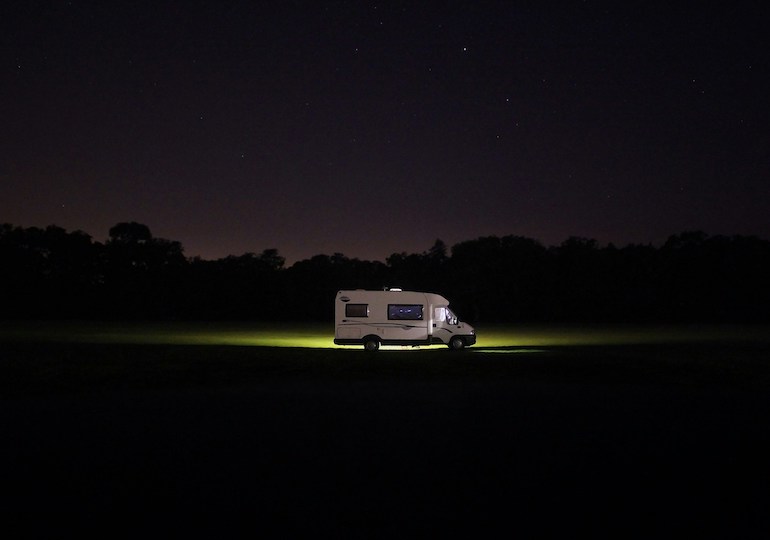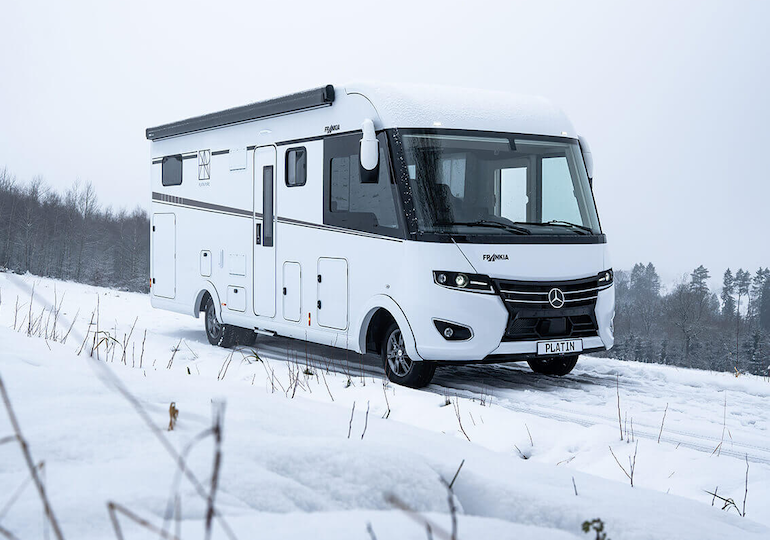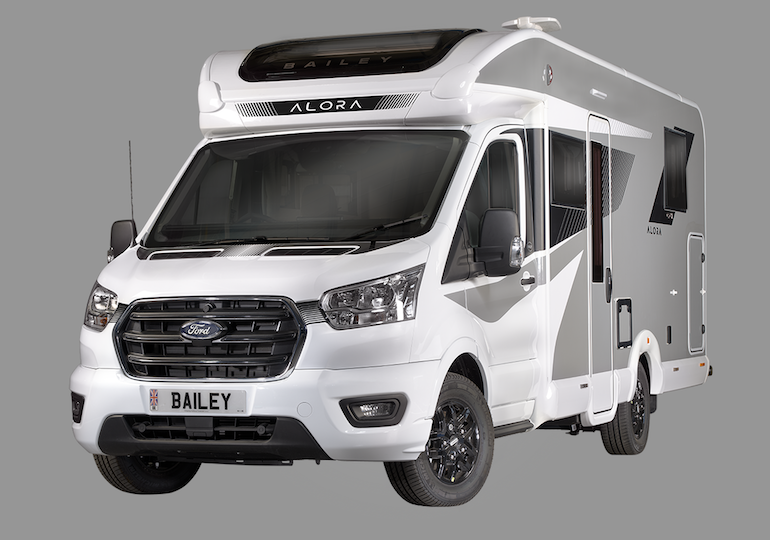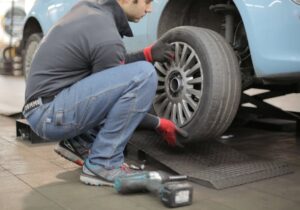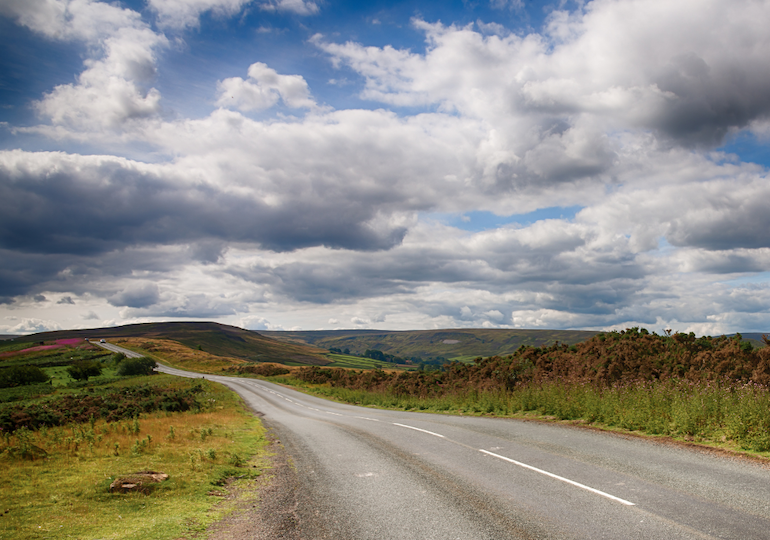By Joe Jeffrey
Following on from a recent pilot scheme incorporating the use of sat navs during UK driving tests, CaravanTimes speaks to Garmin to find out how to get the best out of your sat nav device safely and efficiently
It goes without saying that in-car technology has its uses when taking to the road to explore pastures new. Gone are the days where we reach for the A to Z in order to plan our route before setting off on our latest adventure behind the wheel of our cars or motorhomes, and satellite navigation systems have proven to be a fast and efficient way of getting to our desired destination in the quickest and most convenient time possible – all at the press of a few onscreen buttons.
It is also a given that, over the past 17 years since Garmin introduced their first in-car sat nav, the StreetPilot, to the public in 1998, advances in technology now means we are able to not only plan a specific route, but also find points of interest along the way, as well as the nearest petrol station when its time to refuel, our favourite restaurant chain en route, and even check-in on social media once we arrive where we’re heading to let our loved ones know that we’ve arrived safely and in one piece.
Now it seems we are entering into a new phase in the ever-growing realm of advanced technology, and it’s not just car drivers that are embracing sat navs, but more so those that permit us to get behind the wheel in the first place.
A nationwide shakeup earlier this month has seen a new type of driving test introduced that is currently being trialed across the UK that includes following directions on a sat nav system for 20 minutes, whilst carrying out standard manoevres.
Sat-nav technology isn’t without its pitfalls though, especially when it’s not used correctly and safely, as Kirsty Quarterly, Garmin personal navigation device (PND) product manager agrees. Of the new pilot scheme, Kirsty told CaravanTimes: “The proposed new driving test, which incorporates the use of a sat nav in the car, is a great way of introducing future road users to using in-car technology in a safe and responsible manner. Our advice isn’t just about helping learner drivers pass their driving test, this is advice that even the most seasoned of sat nav users should be reminding themselves about for safer and more efficient driving.
“Sat navs do now form a part of modern driving so it makes a lot of sense to start educating young drivers early on about how to use a sat nav properly,” she continued.
The above said, it certainly pays to be vigilant when it comes to ensuring you get the most out of your sat nav whilst remaining safe behind the wheel at all times. Read on to find out how.
Kirsty’s top tips:
1. Remember: YOU are the driver, your sat nav is an aid
Your sat nav is there to help give you directions but remember that you are the one in control! If there are road diversions in place or if you judge that the route ahead is not appropriate, then do override the directions and continue on the safest route. It will always automatically re-adjust itself so you can still arrive safely at your destination, just via an alternative route. The sat nav is an aid, it is not absolute, so make your own judgements based on the situation ahead accordingly.
2. Hone up on your listening skills
You should keep your eyes on the road, not on the sat nav. Get into the habit of listening to the directions rather than looking at them. Make like commuters on the London Tube and try not to make eye contact – you shouldn’t need to look at your sat nav for longer than is necessary! This allows you to focus on your driving and means you’ll be more aware of potential dangers that present themselves as you make a turn or navigate a roundabout. Do switch your phone onto silent too so notification sounds don’t interfere with your concentration.
3. Double check your route before you set off
It may seem obvious but do double check that the postcode and/or address you have entered is actually your desired location – a single incorrect letter or digit could mean you end up further away from your destination than when you set off! Also, if there are certain areas or roads you wish to avoid during your journey, or if you’d like the most time- or fuel-efficient route, do enter this into your sat nav from the get-go.
4. Only handle your sat nav as a last resort
When driving, the road ahead and surroundings should have your full attention so avoid handling your sat nav as much as possible. Certain models do have voice-activated navigation so you simply need to speak your instructions and your device should respond accordingly, leaving both your hands safely on the wheel and your eyes on the road.
5. Keep your map software updated
Research by Garmin shows that almost half (40%) of sat nav owners never update their mapping software1 and this can lead to a plethora of potential problems later down the line. Roads come and go so as time goes on maps will become less accurate, meaning that you’re more likely to end up in the wrong location so try to update your mapping software at least once a year.

